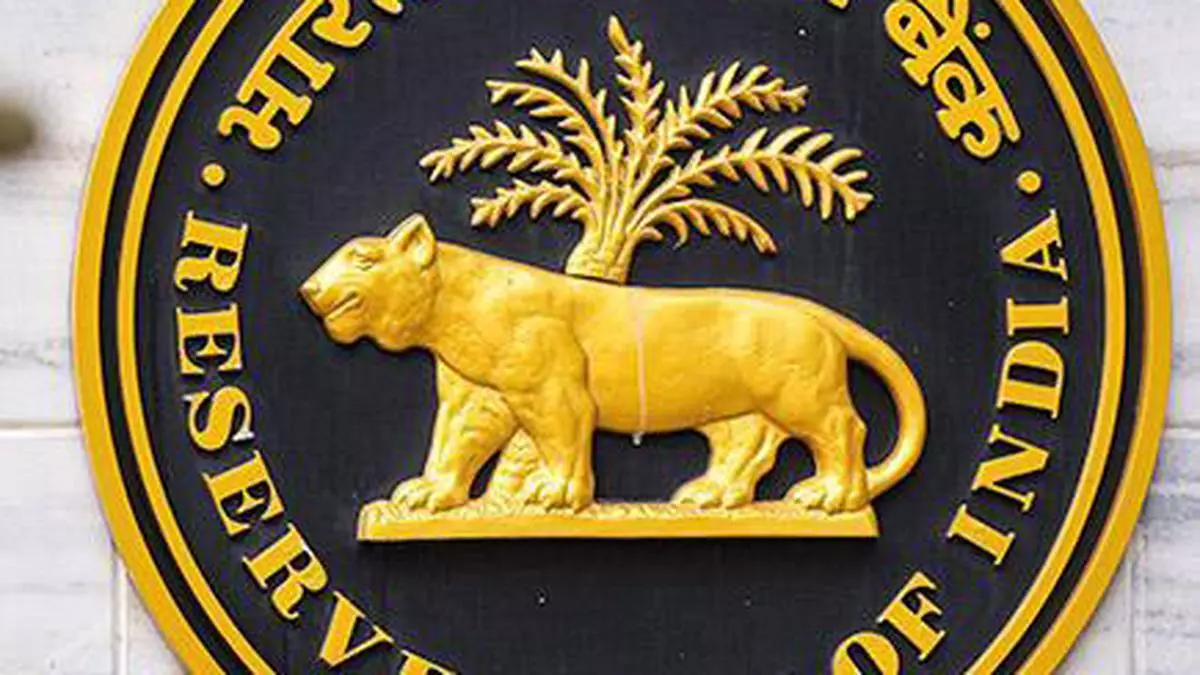RBI issues master direction for filing of supervisory returns
The Reserve Bank of India on Tuesday issued a ‘master direction for filing of supervisory returns’ for banks, non-banking finance companies, and select all-India financial institutions, consolidating all the existing instructions on submission of data in order to provide clarity and reduce compliance burden, .
Also read: RBI announces Financial Literacy Ideathon
The master direction provides a broader framework to understand the purpose of the returns and harmonises the timelines for their submission, the central bank said.
Supervisory returns refer to all periodic/ ad-hoc data submitted to RBI in formats prescribed from time to time, RBI said besides the applicable returns, it may introduce new returns / withdraw existing returns (both ad-hoc/ regular) for submission by SEs (supervised entities).
“SEs should ensure that resources and IT infrastructure is adequate to meet a broad range of on-demand, ad hoc reporting requests, including requests during stress / crises situation and to meet supervisory queries,” per the MD.
Supervisors expect the SEs to be able to generate subsets of data based on requested scenarios. For example, the SE should be able to accurately aggregate data on exposure for a particular period for a specific industry cluster in a district.
Commercial banks have to file 36 returns, including on “Asset Liability and Off-Balance Sheet Exposures”, “asset quality”, “liquidity return”, “Interest Rate Sensitivity”, “Large Credits”, ”Red Flagged Account/Fraud Borrowers”, “Defaulted Borrowers”, “Ownership and Control”, “Connected Exposure”, “financial conglomerates”, and “Stressed MSME Sub-ordinate Debt Scheme”.
Select all India financial institutions have to file 10 returns; urban co-operative banks (20 returns) and NBFCs (12).
RBI said all SEs have to file returns relating to Financial Soundness Indicators; and Fraud Monitoring and Vigilance Monitoring.
